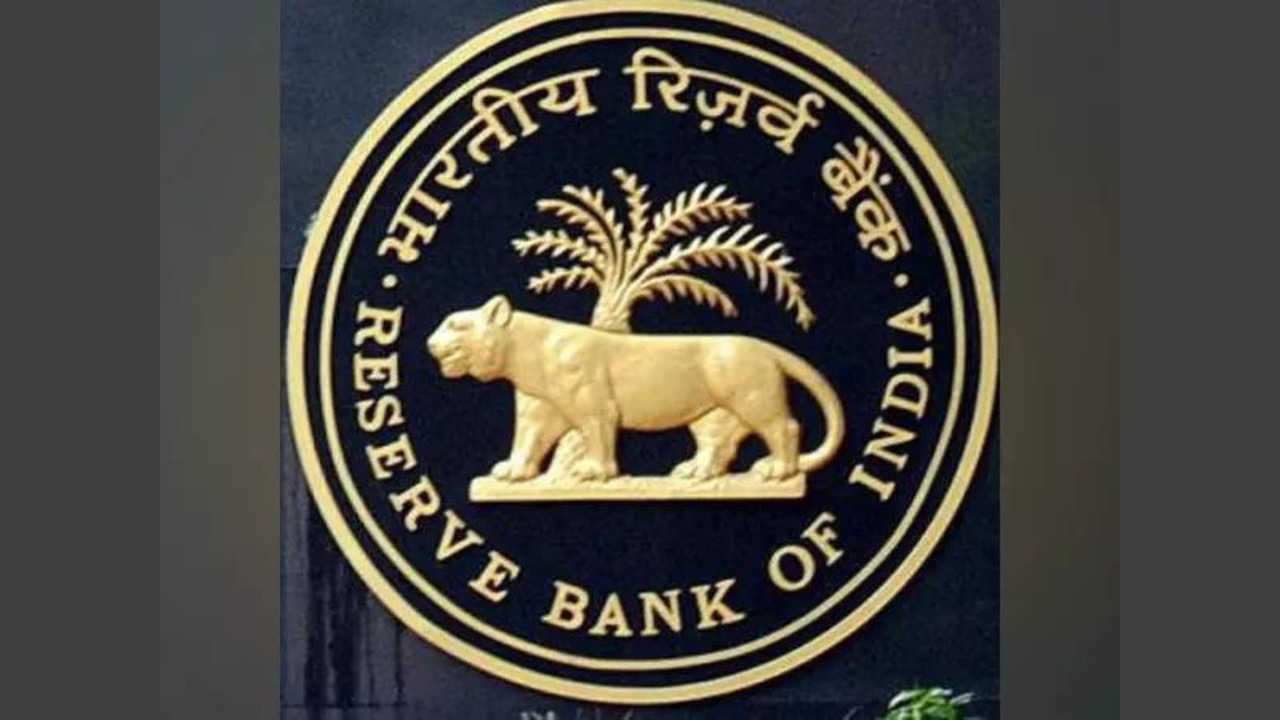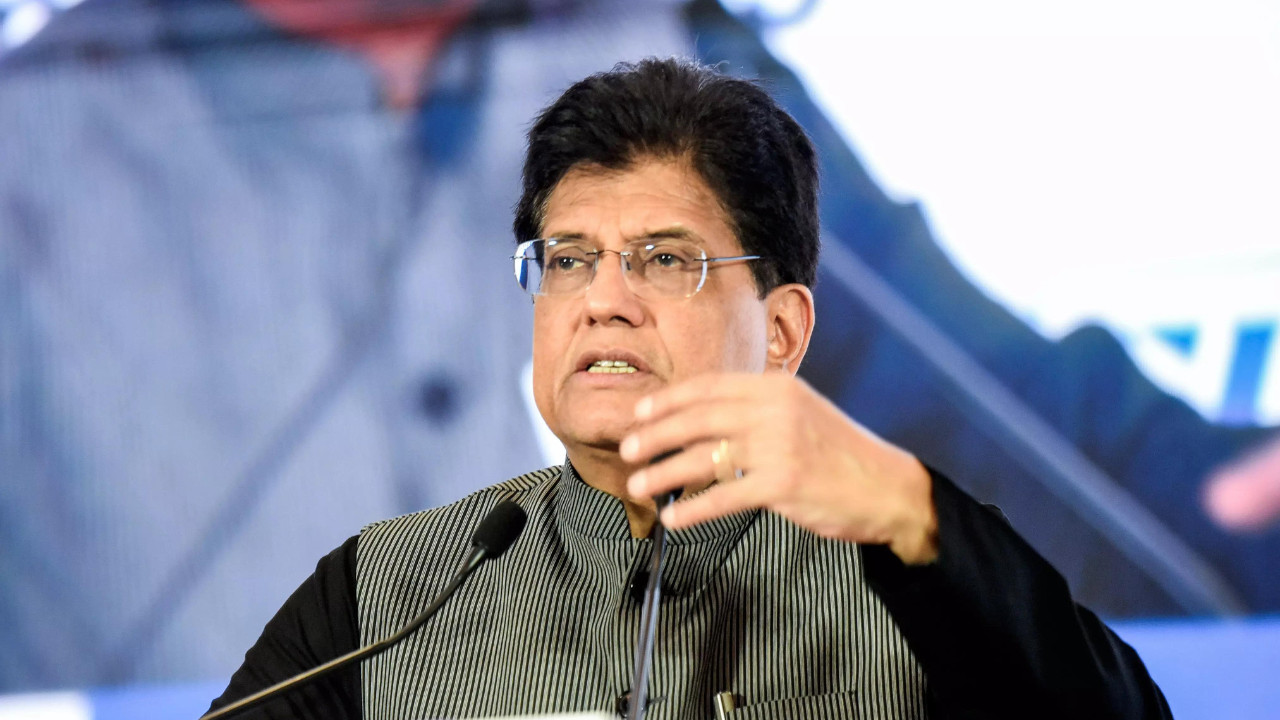The Reserve Bank of India is anticipated to cut rates for the third consecutive time by 25 bps on June 6, driven by low inflation and global economic uncertainties. Experts believe this move will support growth amidst external volatility. The MPC’s decision, influenced by easing CPI and global factors, aims to bolster the economy.
Will Cheaper Loans Soon Be a Reality? A Look at RBI’s Upcoming Announcement
Okay, folks, let’s talk money. More specifically, let’s talk about your money and how the Reserve Bank of India (RBI) might just make it a little easier to keep more of it in your pocket. Rumours are swirling, and while nothing’s set in stone, the air is thick with anticipation about the RBI’s upcoming Monetary Policy Committee (MPC) meeting on June 6th. The big question on everyone’s mind? Will they, or won’t they, cut the repo rate?
For those not fluent in central bank jargon, the repo rate is essentially the interest rate at which commercial banks borrow money from the RBI. Think of it like the wholesale price of money. Lowering this rate has a ripple effect, theoretically leading to cheaper loans for businesses and individuals alike. And in today’s economic climate, who wouldn’t welcome a break on their EMIs?
The buzz stems from a significant factor: inflation. It’s been playing a calmer tune lately. The relentless rise in prices that’s been pinching our wallets seems to have cooled down, giving the RBI a little breathing room. When inflation is high, the RBI typically raises the repo rate to curb spending and cool down the economy. But with inflation seemingly under control, the pressure is on to stimulate growth.
Now, why is stimulating growth so important? Well, a healthy economy is a bit like a well-oiled machine. Businesses need to invest and expand, creating jobs. People need to spend money to keep the wheels turning. Cheaper loans can act as a lubricant, making it easier for businesses to borrow money for expansion and for consumers to buy homes, cars, and well, pretty much anything else.
The optimism hinges on the idea that the RBI has successfully navigated the tricky terrain of balancing inflation and growth. For a while, it felt like a tightrope walk with a hurricane blowing – keeping prices in check while trying not to stifle the economy. But the recent numbers seem to suggest they’ve found a stable path, and a rate cut could be the next logical step.
Of course, the RBI doesn’t operate in a vacuum. They have to consider a whole host of factors, from global economic trends to the monsoon season’s impact on agricultural output (which, believe it or not, significantly influences inflation in India). The MPC will be poring over data, dissecting forecasts, and debating the potential consequences of their decision.
So, what could this mean for you?
* Lower EMIs: If the repo rate is cut, banks are likely to reduce their lending rates, meaning your home loan, car loan, or personal loan could become a little more affordable. Even a small reduction can make a noticeable difference over the life of the loan.
* Increased Investment: Lower interest rates could encourage businesses to invest in new projects, creating jobs and boosting economic activity. This, in turn, could lead to higher incomes and greater financial security for individuals.
* A Boost to the Housing Market: Cheaper home loans could make it easier for people to buy homes, potentially revitalizing the real estate sector. This could also have a positive impact on related industries, such as construction and home furnishings.
However, it’s not all sunshine and roses. There are potential downsides to consider. A rate cut could weaken the rupee, making imports more expensive. It could also fuel inflation if demand outstrips supply. The RBI will have to carefully weigh these risks before making its decision.
Think of it like this: the RBI is the pilot of a giant economic plane. They need to adjust the throttle carefully, constantly monitoring the instruments and responding to changing conditions. A rate cut is just one tool in their toolkit, and they need to use it judiciously.
The announcement on June 6th is definitely one to watch. It could signal a significant shift in the economic landscape and have a direct impact on your financial well-being. So, keep your eyes peeled, your ears open, and let’s see what the RBI has in store for us. Whatever the outcome, one thing is certain: the Indian economy is always full of surprises, and it’s never a dull moment following the money trail.
📬 Stay informed — follow us for more insightful updates!







